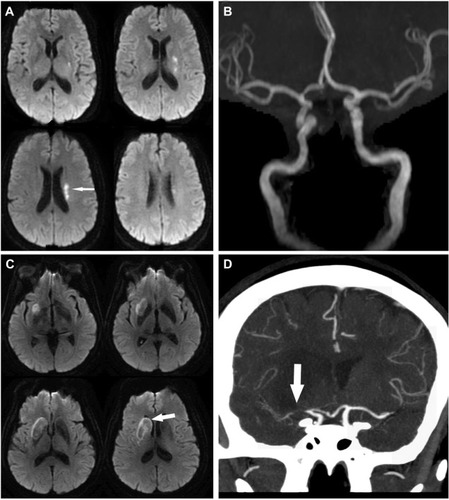Figures & data
Table 1 Summary of studies from different ethnic and racial groups that disclosed stroke subtype rates
Figure 1 Stroke and extracranial carotid atherosclerosis.

Figure 2 Stroke and intracranial atherosclerosis.

Figure 3 Small artery disease versus branch occlusive disease.

Table 2 Summary of some of the major studies comparing antiplatelets against each other or against placebo in stroke prevention
Table 3 Stroke mechanism and the estimated risk of stroke recurrence in the setting of prevention therapy
